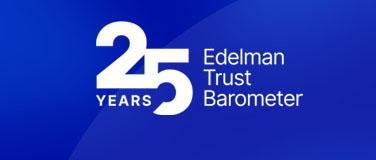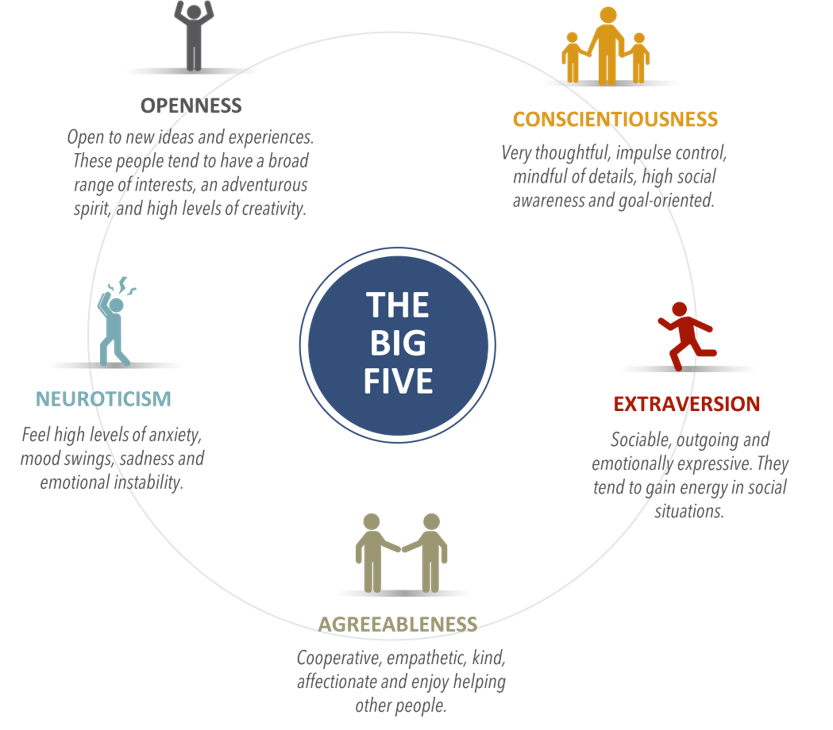Who is my consumer?
If you are a marketer, a strategist or a person in business, you likely have asked yourself this question at least once in your career. Marketers have traditionally answered it through the four quadrants: man, woman, young, old. However, even people in the same gender and age cohort can be very different from each other.
For example, my identical twin cousins have the same gender, nationality, upbringing, physical characteristics and even initials. Yet one is the artistic rebel, the other the structured business woman. One has dyed her hair shock pink and shaved off her eyebrows as a social experiment. The other loves her Louis Vuitton dog carrier for her adorable Yorkshire Terrier. Ironically, these two people who are so profoundly different in character are utterly identical on paper.
The challenge for marketers
My cousins present the challenge marketers face when targeting consumers demographically. Age and gender fail to capture the essence of a human being. As such, a marketer risks creating campaign strategies from superficial insights when their research and planning is based on demographic data.
To understand motivations driving behavior, marketers need to deconstruct people. We are complicated, nuanced and irrational. We are driven by emotions and perceptions. We are influenced by our social networks, communities, work environment and society. However, there is one crucial factor that shapes how we interact with the world around us: personality.
Personality is a powerful indicator of a person’s behavior, interests and motivations. Research shows that personality is established at a young age and slowly shifts with time. Because personality is consistent and a strong predictor of lifelong affinities and behaviors, it is a stronger and more consistent indicator of a person’s preferences than demographic variables alone.
Using personality to understand your audience
A personality-based approach to audience insights requires marketers to find a framework for understanding audiences. That framework can be found in psychometrics, the measurement of people’s values, interests, skills and personality. Psychometric models assess self-esteem, depression, intelligence, personality and many other facets of psychology.
Edelman’s Go-to personality model is The Big Five. This model is popular with personality researchers for its consistent and accurate results and cultural scalability.
The five personality traits were identified through factor analysis, a statistical method in which words describing similar personality traits are grouped into one category. The model is based on the lexical hypothesis, which states that the personality traits people value most are reflected in the words they use to describe themselves and that the traits most important to them can be described in a single word.
Measuring personality traits
Historically, psychometricians relied on standardized personality surveys to measure personality traits. However, the increase in computer power and data volume over the last 10 years has made computational psychometrics possible. Not only can predictive engines like Cambridge University’s Apply the Magic Sauce API predict personality through Facebook posts, but it can also predict personality at a higher average accuracy rate than a human. Combining the big data predictive approach with surveys can be a powerful tool for gaining deeper insights into an audience segment, contextualizing big data insights and for checking the accuracy of the big data model.
Case study: Understanding entrepreneurs
In order to increase lending to small and medium enterprises (SMEs), Barclays re-evaluated their marketing and communications approach to entrepreneurs. They originally assumed that most entrepreneurs wanted to be the next Richard Branson, extroverted personalities who thrive on uncertainty and risk. Those assumptions were obliterated by the research findings. Edelman, in partnership with Cambridge University, discovered that 80 percent of entrepreneurs were driven by the desire for autonomy and control. Only 20 percent were driven by the desire to be the next Branson.
Barclays had only been communicating to 20 percent of their potential consumers across five different countries. By communicating with the other 80 percent of entrepreneurs, Barclays successfully increased lending to SMEs and generated significant PR coverage for its innovative approach to understanding entrepreneurs.
Placing human beings at the heart of an integrated marketing campaign
The personality approach creates the possibility of humanistic, emotionally engaging messaging. Rather than focusing analysis on generic attributes like demographics, analyzing an audience’s personality types allows marketers to understand who their audience is at the core. Those insights empower marketers to speak to audiences through their perspective.
A personality approach to marketing is the foundation for emotional engagement. However, that effort begins with discarding assumptions about the audience and approaching them with an open mind. Otherwise, a marketer risks speaking to a pink-haired free spirit and a Louis Vuitton-loving businesswoman as if they are the same person.
Anjuli Bedi is associate director of analytics and psychometrics, Edelman Predictive Intelligence Centre (EPIC), Singapore.



